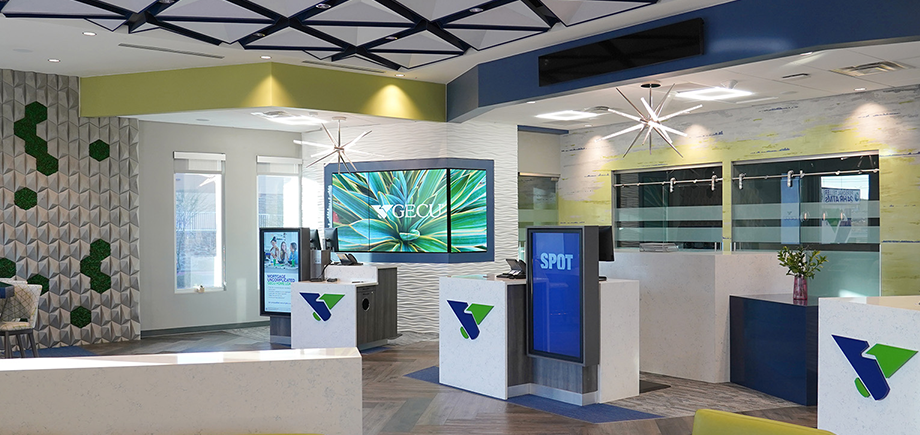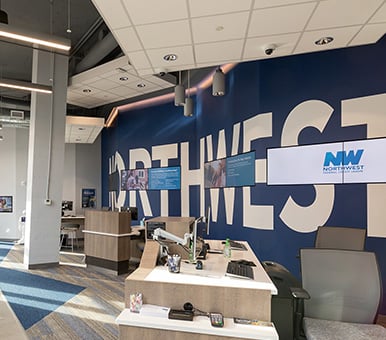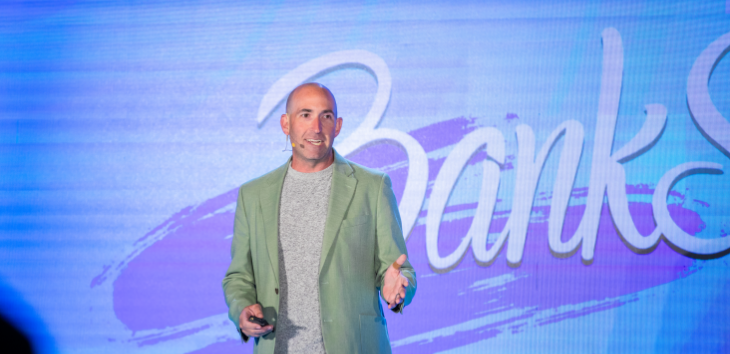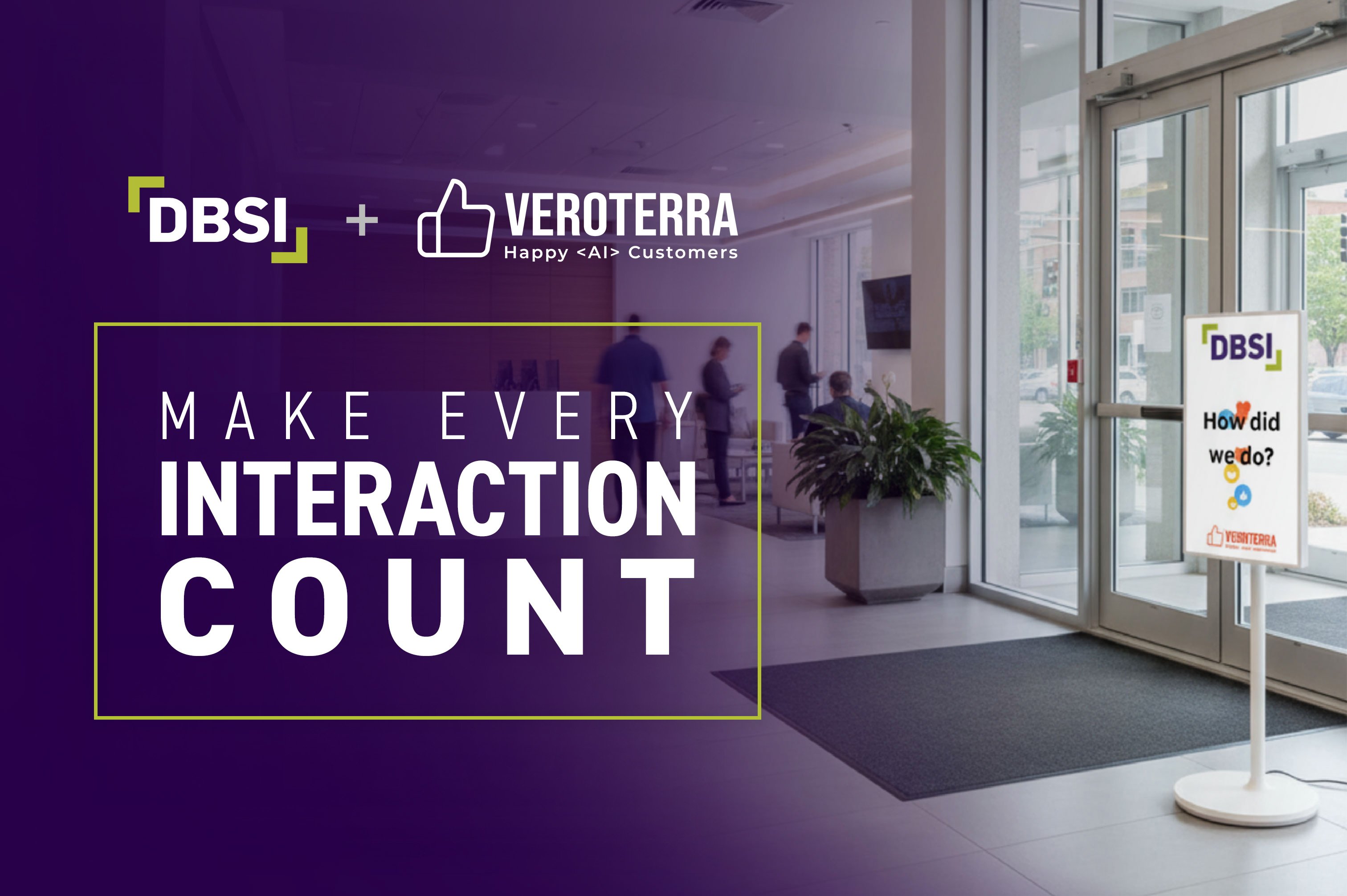
In today’s information environment, clients can evaluate offers from multiple financial institutions at the click of a button. They can search for the products and services they need and find a plethora of options, all very similar. According to the book, Differentiate or Die, the banking industry has a differentiation score of 0, meaning clients see absolutely no difference from one financial institution to the next.
This means that there are only a few unique selling points left for a financial institution, with the most impactful being the banker. Even as the financial services industry moves toward online banking and mobile banking, customers still demand personal relationships with their institutions. Studies show that a third of banking clients consider personal relationships to be highly important. (Ernst & Young)
But what exactly does a ‘personal relationship’ between a client and a financial institution look like?
Intimate, advisory-level service with bankers and associates both in-branch and when reaching out over the phone or other platforms.
The more that the client is able to establish a relationship with the people who operate your branches, the more trust that they will give your financial institution. And in the world of banking, the more a client trusts their financial institution, the more products and services they have from them.
Currently, the typical household has 16 financial products, yet less than 3 of those are provided by a single financial institution. How can you change this? By establishing a stronger personal relationship with your clients. Personally connected clients are invaluable: studies show that clients who are satisfied with their financial institution have a higher number of products from that particular institution. (Deloitte)
The most effective methods for establishing this personal, emotionally charged relationship include:
- Training staff on how to shift from transactional to advisory services.
- Switching out locked-down teller lines for teller towers and replacing confining offices and cubicles with service spots and flex spaces.
- Operating on the Universal Associate Model.
- Providing clients with flexible banking options, like self-service solutions and mobile banking.
- Offering hip-to-hip service by arming associates with tablets that allow them to meet clients at the door and continue to provide service from the time they enter to the time they leave the branch.
Customization in all types of communication, from digital signage to email marketing to a 1:1 client-associate interaction.
The traditional branch relies on printed brochures, static signs and generic messaging to speak to, and influence, their clients. These methods fail to grab the attention of clients because they don’t speak to their individual needs or desires, and in today’s data-driven world there is no excuse for that.
With the right technology, banks and credit unions can capture client information and then use it to provide relevant information on what the client has actually expressed interest in via in-branch and digital messaging. Two examples of technologies that make this possible are:
- Incyte: An analytics tool that can be placed on the back end of your interactive screens, this software alerts associates in real-time when a client is interacting with an interactive display. Incyte also provides a dashboard where marketing and retail teams can gather data on what messaging is and is not resonating with clients.
- Financial HealthCheck: An application that allows clients to answer a few questions with their personal information to test their financial health and identify financial goals. Financial institutions can then use this data to personalize their message and target these clients with information on which products and services can be used to reach these goals.



































 Janice Bourbon
Janice Bourbon


-1.png)
-4.png)
